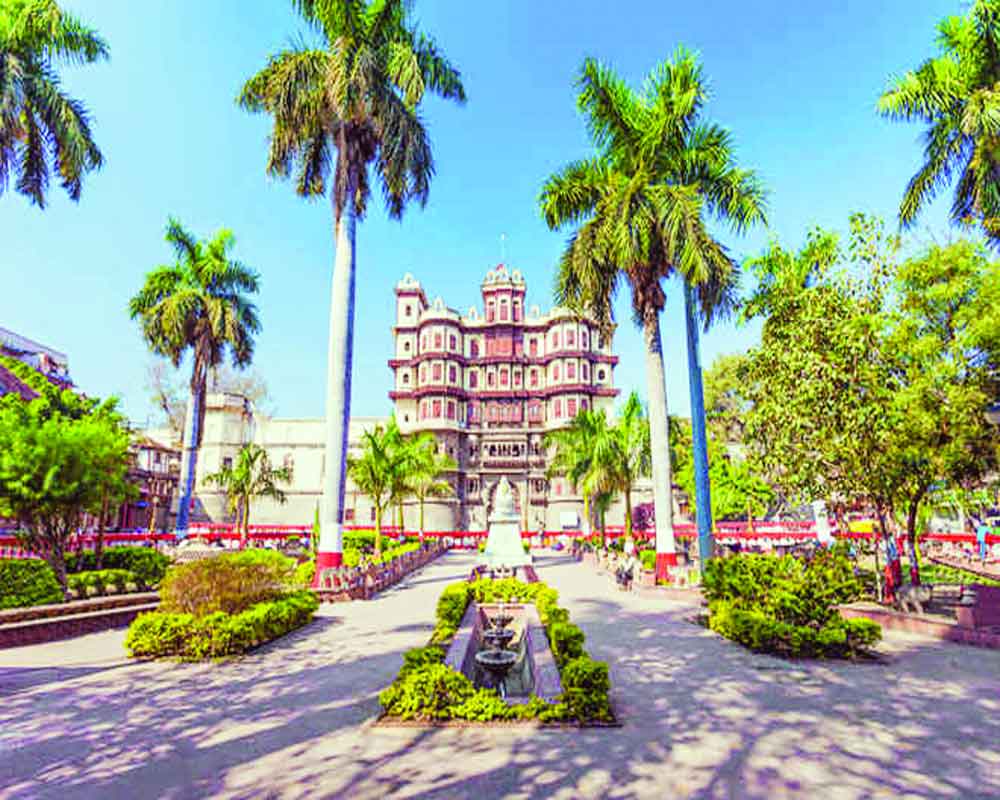Thanks to the Swachch awards, smaller cities are laying the template for sustainable living
Mahatma Gandhi linked swachchta or cleanliness with swarajya, knowing that if people, majority of whom were in rural India then, could take care of their sanitation, they would feel healthy, empowered and capable of taking decisions for themselves, build sustainable societies and be better equipped to live in cities of the future. But 70 years after Independence, almost all our cities continue to be plagued by the ills that Gandhiji foresaw — the refuse of development seen in piles of stinking garbage, trash clogging drains and sewers, polluted waters, effluents leaching into drinking water, poor waste management and disposal. Even after the Swachch Bharat Mission took off, there were some optics alright but no discernible impact. Till the Ministry of Urban Development decided to rank cities on meeting cleanliness goals and targets and set off a competitive zeal among them with the Swachchta awards. Cleanliness scores take into account data provided by urban local bodies, independent observers as well as citizen feedback. And over the years, it is the Tier-II cities which have scored, laying a new template of urban planning and solutions. Indore, Ambikapur and Mysuru ranked first, second and third this year. NDMC has slipped by a position though it was voted best small city. And Ghaziabad in Delhi-NCR, which had trouble qualifying for the rankings initially, is now the “best district” and a real standout performer.
Pertinently, Indore has been bagging the first position consecutively, having created systems for segregation, collection, processing and disposal though they are still a bit capital-intensive. But the carrot-and-stick policy followed by the Indore Municipal Corporation (IMC) has kept it on course. As part of its waste management strategy, it honours those who display exemplary initiative in tackling waste in their neighbourhood, offering them a one-on-one with the Mayor or the Corporation Commissioner. And, litterbugs invite a hefty fine. In 2015-16, IMC adopted the “binless city model” which was initially introduced in two wards and then slowly extended to others. There were incentives encouraging residents to compost waste. For those who did not have space to accommodate an organic waste converter, a waste collection fee ranging from Rs 2,000 to Rs 5,000 was charged every month. NDMC has set an example with waste compactors and by generating energy. And Ghaziabad has not only achieved open defecation-free (ODF) status with public toilets but also initiated a door-to-door collection of solid waste, which helped improve rankings. Night sweeping in nearly 24 market places, an innovative drill by the corporation, also seemed to have had the desired result. However, cleanliness cannot be a sporadic activity and should become part of urban culture. There should be uniform end-to-end systems to support segregation at source, effective processing and disposal mechanisms in all cities for a “zero waste” India.


























